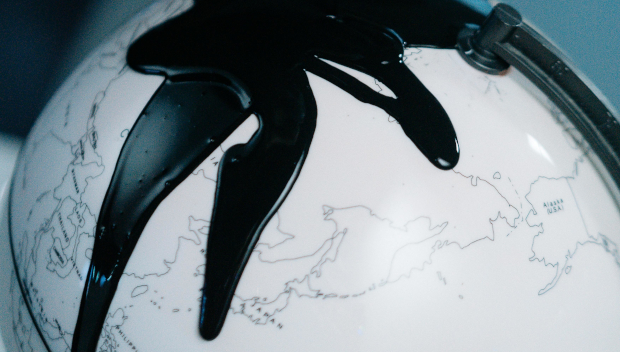
Goldman Sachs predicts AI will significantly affect oil prices over next 10 years
Goldman Sachs recently examined the potential impact of artificial intelligence (AI) on crude oil prices over a 10-year horizon. Their findings suggest that the positive effect on supply will be significantly greater than the effect on demand, leading to lower prices.
The rapid advancement of AI is causing significant ripples in several sectors. Bain & Company predicted last year that AI could account for half of game development within five to 10 years, compared with less than 5% currently. McKinsey identified banking, advanced technology and life sciences as sectors poised for major transformation due to AI.
Although not immediately obvious, the oil industry is also being affected by AI. Goldman Sachs noted that AI is increasingly being mentioned at industry conferences and in earnings calls, even more than in other industries.
In terms of demand, the impact of AI is expected to be relatively modest, with an increase of up to 700,000 barrels per day (compared to global demand of about 100 million barrels per day) over the next five to 10 years. This translates into a price effect of $1 to $2 per barrel, mainly due to a ‘wealth effect,’ with AI boosting global GDP and consequently increasing oil demand.
Looking ahead over 10 years, Goldman Sachs economists predict that AI will increase global GDP cumulatively by 1 percent, compared to the OECD’s estimate of 2 percent. Based on certain assumptions about the elasticity of oil demand in relation to GDP growth, the bank estimates a positive impact between 200,000 and 700,000 barrels per day.
The main impact is expected on the supply side. Goldman Sachs expects AI to reduce logistics and drilling costs and improve automation. “We estimate that about 30 percent of the cost of a new shale well can be reduced thanks to AI, since other costs are largely driven by physical requirements (cement, sand, fluids, etc.) that cannot be significantly rationalized,” Goldman Sachs explains. This could lead to a 25 percent productivity gain and a potential 7 percent decrease in operational costs for wells over a 10-year period.
In addition to cost savings, the bank sees other AI-related effects. Improved predictive maintenance could minimize production downtime, while advances in geological engineering enabled by AI could increase exploitable reserves. Goldman Sachs expects oil production efficiency to increase by 8 percent to 20 percent, equivalent to 10 million to 30 million barrels per day.
In conclusion, Goldman Sachs estimates the total effect over a 10-year period to be about $5 per barrel, which significantly outweighs the $1 to $2 effect on demand. “Overall, we think AI will have a modest negative net effect on oil prices over the medium and long term,” the US bank concludes.
In the near term, Goldman Sachs has lowered its forecast for the price of Brent crude to $70 to $85 a barrel. The international benchmark for oil is currently trading at the lower end of this range at $71.78 per barrel, after falling 7.3% since the beginning of the year. This drop is attributed to concerns about Chinese and U.S. demand following weak economic indicators, as well as possible production increases by Saudi Arabia.
UBS pointed to disappointing data from China and weaker demand in the United States and India. However, the Swiss bank thinks Brent will rise above $80 a barrel in the coming months due to supply constraints.
Business AM






Subscribers 0
Fans 0
Followers 0
Followers